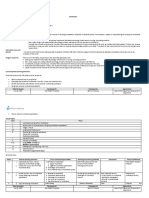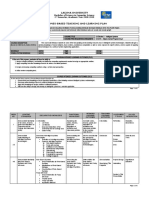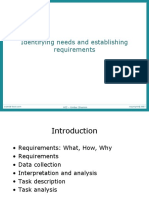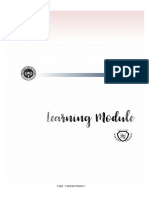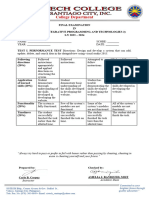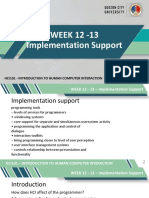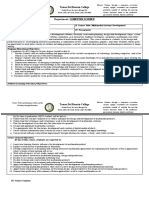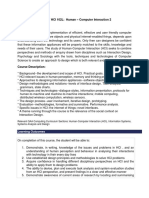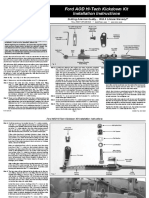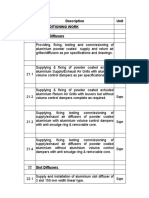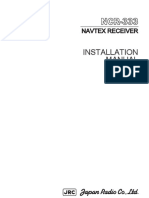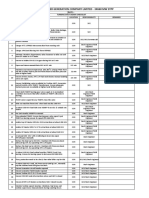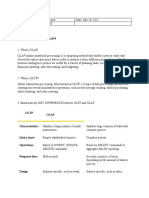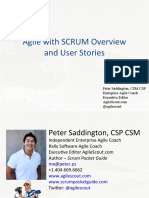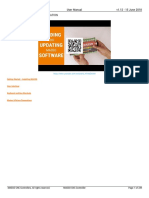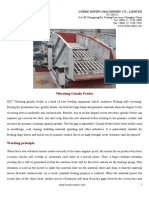0% found this document useful (0 votes)
452 views5 pagesSyllabus For Digital Sound Production
The document describes a course on digital sound production that teaches students how to use industry standard digital audio workstation (DAW) software to record, edit, mix and produce sound. Over the course of the semester, students will learn fundamental audio concepts, proper recording and microphone techniques, and how to proficiently use the Pro Tools DAW software to record multiple audio and MIDI sources, edit sound waves, create MIDI files and mix completed projects. The final project involves students working in pairs to produce and mix various audio recordings, including solos, group performances, and recordings of ensembles in performance halls, and burning them to a CD with appropriate track information and critiques.
Uploaded by
Sangguniang Barangay Malinao IlayaCopyright
© © All Rights Reserved
We take content rights seriously. If you suspect this is your content, claim it here.
Available Formats
Download as DOCX, PDF, TXT or read online on Scribd
0% found this document useful (0 votes)
452 views5 pagesSyllabus For Digital Sound Production
The document describes a course on digital sound production that teaches students how to use industry standard digital audio workstation (DAW) software to record, edit, mix and produce sound. Over the course of the semester, students will learn fundamental audio concepts, proper recording and microphone techniques, and how to proficiently use the Pro Tools DAW software to record multiple audio and MIDI sources, edit sound waves, create MIDI files and mix completed projects. The final project involves students working in pairs to produce and mix various audio recordings, including solos, group performances, and recordings of ensembles in performance halls, and burning them to a CD with appropriate track information and critiques.
Uploaded by
Sangguniang Barangay Malinao IlayaCopyright
© © All Rights Reserved
We take content rights seriously. If you suspect this is your content, claim it here.
Available Formats
Download as DOCX, PDF, TXT or read online on Scribd
/ 5

